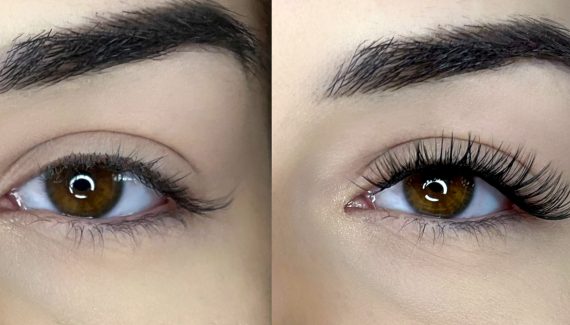Hi!
A soap. A simple product which delivers quite good effects. If drugstore cosmetics don’t work for you, make a DIY soap. You don’t even realize how simple it is. Any doubts? Read on and give it a try!
Natural soap vs artificial soap
Do you know that a hard soap was the most popular soap a few dozens of years ago? It was used for skin and hair washing as well as laundry and keeping the house clean. Even though it was lather-free and fragrance-free, it didn’t cause any irritations thanks to very natural ingredients. Today’s drugstore soaps have a beautiful aroma and colours but include no nutrients. These are synthetic soaps. Natural soaps are much better, working both gently and effectively. Their ingredients are definitely skin-friendly.
Do you know any other types of soaps? Let me present:
– syndets: glycerin or moisturising
– hypoallergenic soaps for the sensitive skin
– healing soaps for the problematic skin: sulphur, potassium and antibacterial
– Savon Noir black soaps
– exfoliating soaps
– perfume soaps
What does a natural soap include?
You may not know that a real soap contains plant fat, water and sodium hydroxide. Among the ingredients, there is lauric oil, olive oil, shea butter, coconut oil or palm oil. Castile soap, Marseille soap and Bilberry soap are the most popular natural soaps including such substances.
DIY Soap
For making a natural soap, you need glycerine base, pigment, essential oil, moulds, additives (herbs, dried fruit, ground orange peel, ground coffee or oats). How to make a natural soap? A piece of cake! You heat the glycerine base up in hot water and add the ingredients. Pour the mixture into moulds and let it cool down. After a few hours, soaps are ready to use.




Leave a Reply